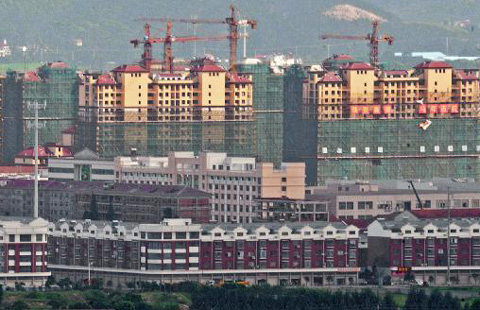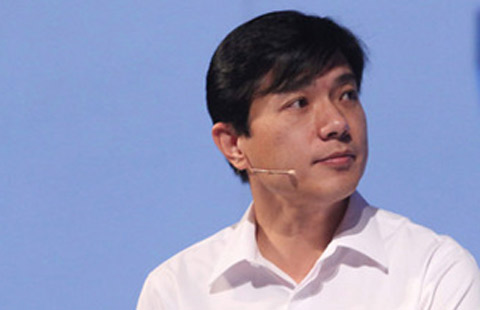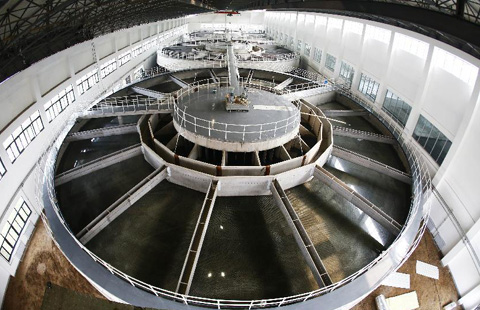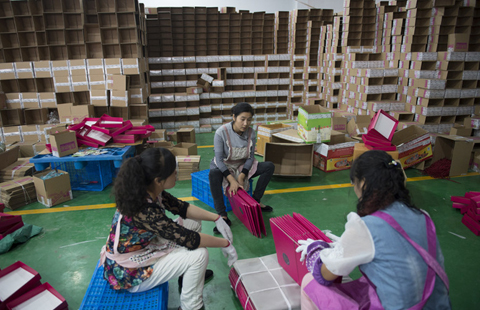New chapter for M&A as 'China growth' story ends
By Xie Yu (China Daily) Updated: 2014-10-31 08:03Slowing economy brings more reasonable valuations for target companies, reports Xie Yu in Hong Kong
A slower economy and the government's determination to squeeze out overcapacity are offering great opportunities for merger and acquisition activity in China, according to industry experts.
"The end of the 'China growth' story is bringing the valuation of target companies down to relatively reasonable levels," said David Brown, partner and greater China private equity leader with PricewaterhouseCoopers.
The valuations of Chinese companies have been inflated for many years because they always forecast strong organic growth. But now that GDP growth is slowing to about 7.5 percent and growth at the company level is often falling amid intense competition and overcapacity, things have changed.
"It is a good time for investors like us," said Humbert Pang, managing principal and head of China at Gaw Capital Partners, one of the biggest offshore private equity funds focused on the property segment.
"Price corrections will drive industry consolidation and lead to rational valuations for us to acquire good projects," he said. Although China's property market is under intense downward pressure, with some even forecasting a hard landing for the industry, more economists and industry insiders said they believe that opportunities and growth lie ahead in major cities and promising sectors such as logistics.
"There are too many developers in China, because getting land and making money were easy before. But more and more are struggling with sluggish sales, pressure from banks and stretched balance sheets this year," said Lee Shu Yin, managing director and chief investment officer of Grand River Properties (China) Ltd, adding that his company had received requests for co-investment.
A report from PwC said that inbound M&As in China reached a record high during the first half of the year of $12.5 billion, up from about $8.4 billion in the second half of 2013. Cross-border M&A volume carried by Chinese companies hit $40.8 billion in the first three quarters.
"Cross-border M&A is never easy in any market. As for China, the trickiest part is whether your target company has stable leadership and if the boss is determined to do the deal," said a senior partner with a Shanghai-based cross-border M&A firm who spoke on condition of anonymity.
The State Council, China's cabinet, and the China Securities Regulatory Commission issued guidelines in March and July, respectively, aimed at simplifying and supporting M&As.
The directives cut administrative procedures and barriers relating to M&As. The government also urged all parties involved in M&As to improve the conditions that affect those transactions, such as financing, taxes, land use and employee relocation.
The nation's leaders have repeatedly stressed their intention to pursue reform, which involves cutting excess capacity, forcing the transformation of State-owned enterprises and upgrading the industrial structure.
Declining producer prices signal just how much pressure industry is under. The Producer Price Index contracted in September for the 31st consecutive month, an obvious sign that the economy is encumbered by excess factory capacity.
More than 200 companies listed in the A-share market, or almost 10 percent of the total, were involved in M&A or restructuring deals as of September, the China Securities Journal reported. Market analysts and observers said there are more to come.
SOEs need to specialize, Brown said. Many have a very wide business portfolio, and outside of their core businesses there are numerous areas that are neglected or underperforming, he added.
- China province orders 30% of vehicles off roads for APEC
- US to seek broader cooperation during Obama's China visit
- Dutch trade mission secures agreements worth half billion euros in China
- China's key stock index rises 0.76%
- China-Russia-Mongolia dialogue eyes closer trilateral relations
- Sinopec's Chongqing output tops 1 billion cubic meters
- 37 billion yuan of taxes reduced for China's small firms
- China's VAT reform reduces tax by $53 nillion
















